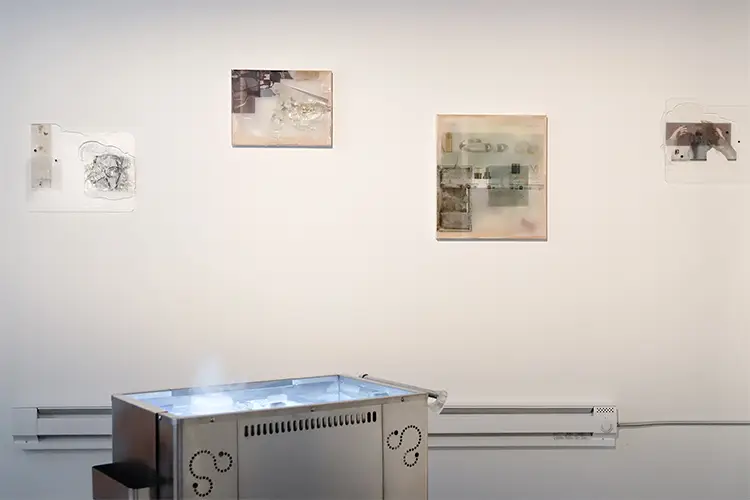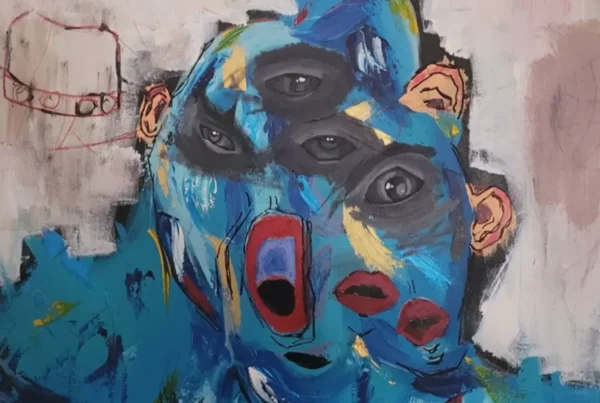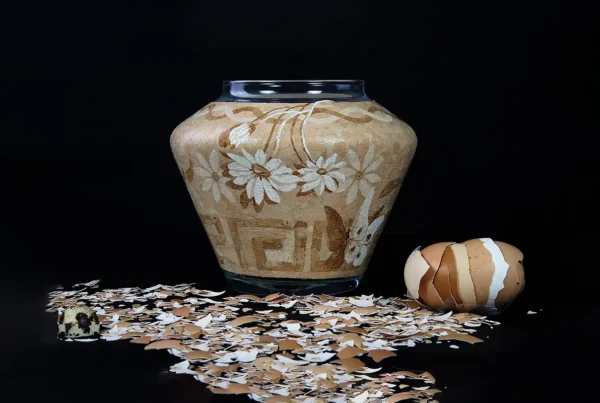“Preservation can be both an act of care and an act of estrangement.”
Between Languages and Landscapes
Tianyi Sun’s artistic journey is deeply entwined with a life spent navigating multiple cultural terrains. Born in Kaifeng, China, and currently living in New York City, she has moved between social and linguistic environments that demand constant translation—of identity, memory, and meaning. These crossings have sharpened her awareness of what gets lost or distorted in the process of cultural adaptation. Her creative work emerges from this space of fragmentation, guided by questions that resist easy resolution: What defines authenticity in a world of endless circulation? Where does sensation end and simulation begin? These inquiries surface in her multifaceted practice, which spans sculpture, video, installation, and software-based projects.
Rather than fixate on stable narratives, Sun embraces uncertainty, often working through what is omitted or misremembered. Her art doesn’t seek to reconstruct wholeness but instead finds its power in absence and ambiguity. Whether through the slow rhythm of casting silicone or the layered syntax of a software environment, her work invites viewers to inhabit an unsettled space—one where the line between the real and the representational is constantly shifting. She does not deliver answers but frames delicate questions, using both traditional and digital materials to reflect how histories and identities are constructed, obscured, and reimagined.
What defines her voice is not only its critical depth but also its emotional precision. Her sensitivity to sensory experience—the texture of silicone, the scent of herbal infusion, the visual language of packaging—makes her practice feel intimate, even when it tackles large conceptual themes. Each material and medium she engages with operates as more than a vehicle for expression; they are instruments of inquiry. Through them, Sun creates experiential spaces where personal memory intersects with larger systems of culture and technology, allowing viewers to encounter what might otherwise remain invisible.
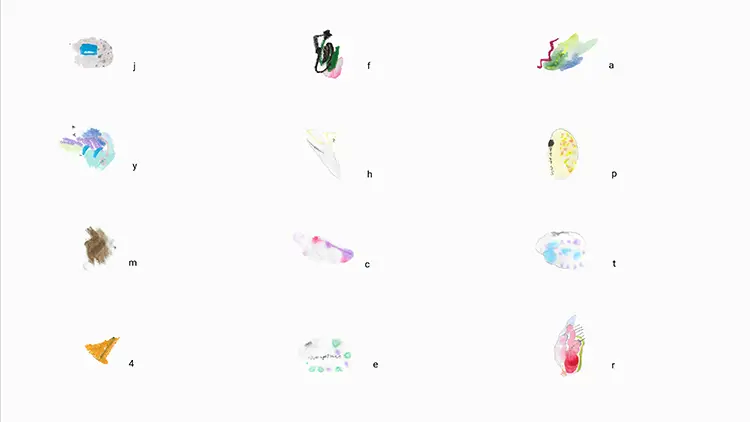
BADWIZARD, 2021-2022
interactive browser-based database.
Tianyi Sun: Rituals Rewritten in Silicone and Steam
A pivotal work in Tianyi Sun’s practice, Store in a cool dry place (下午), crystallizes many of her recurring themes. At the center of this sculptural piece is a reimagined dim sum cart—a structure layered with both emotional and historical resonance. More than just a culinary object, the cart becomes a metaphor for migration, memory, and the cyclical rhythms of labor and nourishment. In Sun’s hands, it transforms into a hybrid machine of preservation and estrangement. The trays of the cart cradle resin and silicone replicas of mooncakes and pastries—rendered edible forms that appear as offerings yet remain unreachable, caught in suspended animation. These castings are not static displays but symbolic gestures, representing what diasporic memory preserves, distorts, or forgets.
Embedded within the piece are references to the aesthetics of contemporary wellness culture. Sheet mask packaging—etched into the surface of the food replicas—introduces themes of renewal and cosmetic care, drawing attention to the overlap between bodily rituals and cultural inheritance. This duality is extended in the central tank of the cart, where goji berries and American ginseng steep in warm liquid. Their vapor is released into the air through cosmetic membranes, blurring the boundaries between healing, display, and ritual. In combining these sensory elements, Sun constructs a moving archive—one that circulates affect as much as it does memory. The work doesn’t just recall a tradition; it dissects and recontextualizes it, revealing how cultural practices evolve through migration and time.
What renders this piece particularly poignant is its tension between preservation and inaccessibility. Resin, a material known for its clarity and permanence, becomes both a medium of care and a barrier. The act of casting food in resin becomes symbolic of the diasporic impulse to hold onto what slips away. Yet this preservation is never complete—it creates a version of memory that is beautiful, but also frozen and distanced. In this way, Store in a cool dry place (下午) doesn’t attempt to offer a nostalgic return. Instead, it frames remembrance as a complex interplay between care and loss, offering viewers an experience that is at once tender, critical, and formally inventive.
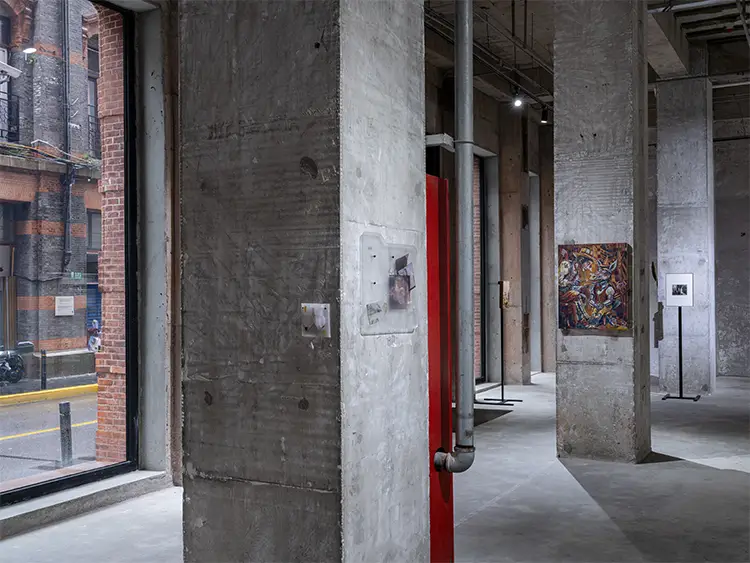
Installation view of Softbox [Soap], 2022 and Ink Stone [6 grams] as part of “Nostalgic Mayfly” by Stillife at Rockbund, Shanghai
Encoded Sensibilities in the Age of Platforms
Tianyi Sun’s work is not only grounded in material processes but also intricately connected to digital culture and theory. Drawing from a wide field of influences, she bridges personal history with philosophical thought and contemporary media. Thinkers like Wendy Hui Kyong Chun, Lauren Berlant, and Byung-Chul Han inform her understanding of how power structures, intimacy, and technological mediation shape contemporary life. These scholars illuminate the subtle mechanisms through which feeling, memory, and knowledge are circulated and constrained—insights that ripple through her practice. Their writings help shape her conceptual foundation, particularly in how she frames data, affect, and the performative language of the internet.
The influence of contemporary media ecosystems is equally pronounced in her work. From social platforms to gaming aesthetics and shortform videos, Sun examines the coded rituals that govern digital communication. These influences are not just referenced on the surface; they become formal and thematic components of her pieces. She treats these systems as sites where narrative, desire, and repetition are endlessly looped and reformulated. In doing so, she captures how online cultures mirror more ancient forms of ritual and storytelling, even while they restructure identity in ways that are radically new. This interest in the intersection between technological systems and emotional life allows her work to operate across registers—personal and public, analog and digital.
Crucially, her work does not position digital culture as either utopian or dystopian. Instead, it studies how these technologies function as emotional infrastructures. Her projects often highlight the tension between what digital systems promise—connection, clarity, continuity—and what they obscure or overwrite. By integrating traditional materials with digital languages, Sun foregrounds the contradictions inherent in mediated life. The outcome is not a critique from a distance, but an embedded observation from within the network: one that respects the complexity of contemporary affect while refusing to simplify its representation. Her pieces create a layered experience where aesthetics meet analytics, and memory finds expression through both code and clay.
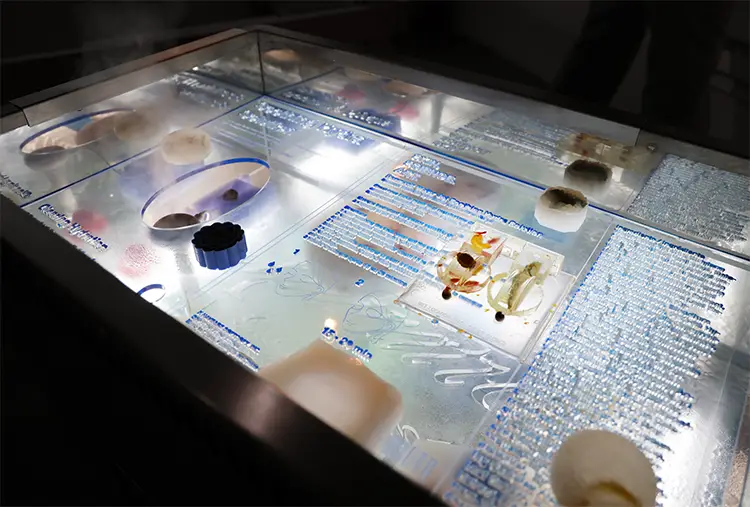
Store in a cool dry place (下午), 2024
28 x 17 x 31 inches
Heat treated Plexiglass, cast acrylic, silicone, jujube, goji berries, shiitake mushroom, Daoxiangcun pastry, American ginseng, osmanthus, lily bulb, anchovy, acrylic polymer, resin, wax, deconstructed stainless steel dim sum cart, steam.
Tianyi Sun: Data as Mutable Memory
Tianyi Sun’s upcoming work as part of Cornell Tech’s Backslash residency signals a new chapter in her ongoing investigation of how knowledge is stored, shaped, and felt. This project interrogates the nature of data—not as a static truth, but as a collection of shifting narratives. She approaches datasets much like she approaches material objects: as incomplete records, fragile structures that both illuminate and conceal. Her interest lies in how data, like memory, can be partial, slippery, and vulnerable to distortion. Rather than treat these datasets as authoritative archives, she positions them as containers of potential—open to interpretation, contradiction, and transformation.
This perspective is particularly significant in a time when data is frequently equated with objectivity. Sun resists that assumption, suggesting instead that information must be understood through its omissions as much as its content. She focuses on what is not counted, what is excluded, and what stories these gaps might tell. Her work reanimates these absences, making them visible and emotionally resonant. In treating data as provisional rather than absolute, she invites viewers to experience information not just intellectually but viscerally. Her installations and media works strive to create an environment where data can be re-felt—where digital records resonate with the rhythm of lived experience.
Through this inquiry, she continues her broader effort to create spaces that bridge sensation and system. Whether working with software, archival materials, or tactile forms, Sun is crafting a methodology that is deeply interdisciplinary. This new body of work will likely continue her signature blend of formal innovation and conceptual rigor, bringing together disparate sources into works that feel both grounded and open-ended. In doing so, she not only reframes the cultural narratives embedded in data but also expands the ways we might experience knowledge—offering a vision where logic and memory, code and care, coexist within the same sensory frame.
